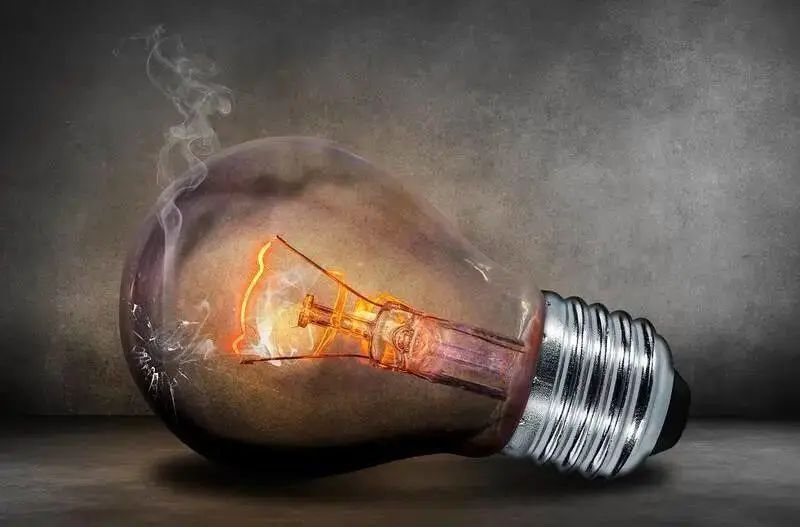
Author: lamp Time:2023-08-04 11:30:04 Read:252
According to new regulations from the US Department of Energy, the sale of incandescent light bulbs will be banned in the United States from August 1, and energy-saving bulbs will be promoted instead. The move aims to save energy, reduce carbon emissions and reduce consumers' electricity bills.
It is worth noting that in 2020, about 30% of homes in the United States will use incandescent light bulbs or halogen incandescent light bulbs. Incandescent bulbs have also been blamed for contributing to climate change. The U.S. Department of Energy estimates that about 5 percent of global carbon greenhouse gas emissions come from lighting, and inefficient light bulbs - such as incandescent bulbs - emit more because they generate more heat. The new rules are expected to reduce carbon emissions by 222 million metric tons over the next 30 years - equivalent to the emissions produced by 28 million homes in a year.

The Department of Energy estimates that once the changes are complete, Americans will collectively save about $3 billion a year on their electricity bills. From the perspective of the average family, each family "will save at least $100 a year." The Biden administration also said the new rules are expected to reduce carbon emissions by 222 million tons, which is equivalent to the annual emissions of 28 million homes.
However, the initial cost of LED lights is high. The average cost of each bulb ranges from $5 to $7, while incandescent bulbs typically cost about $2 each. Months after a proposed ban on gas stoves sparked a furious reaction from consumers and business owners, an incandescent ban has sparked criticism on social media, Fox News noted.
Critics have slammed the new rules as another example of government overreach. Some users on social media Twitter also questioned the economic impact the push for more expensive energy-efficient light bulbs would have on consumers still dealing with high costs from inflation. In addition, regulations can place an expensive burden on manufacturers. The Energy Department's draft rule states that "it is estimated that the industry will incur a total of $407 million in conversion costs to bring products into compliance with the new and revised standards."
Of course, the implementation of this ban has also brought some effects:
1. Energy and environmental protection: Incandescent bulbs dominate traditional lighting, but their energy efficiency is low, energy consumption is large, and life is short. In contrast, LED bulbs have a longer life, are able to reduce energy consumption, reduce carbon emissions, and thus contribute to environmental protection. According to the US Department of Energy, the use of LED bulbs and other efficient lighting technologies can reduce energy consumption by more than 75%, which has important implications for reducing energy waste and global warming.
whatsapp:

Email: xmcharles@cnaxfu.com